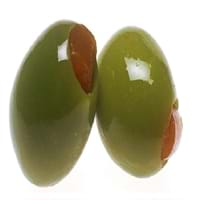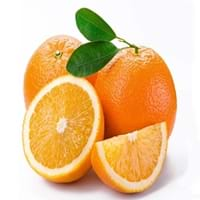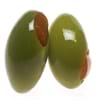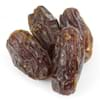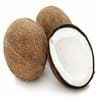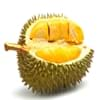Health Benefits
Cancer prevention, Helps in cartilage regeneration, Prevents macular degeneration, Treatment of alzheimer's disease
Arthritis treatment, Cancer prevention, Increases metabolic rate, Kidney stone treatment, Lower blood pressure, Prevents constipation, Prevents diabetes, Strengthening of bones, Ulcer treatment, Weight loss properties
General Benefits
Anti oxidant properties, Anti-inflammatory properties, Boosts immune system, Controls blood pressure, Digestive aid, Maintains healthy cholesterol level
Boosts immune system, Controls blood pressure, Digestive aid, Improves eye vision, Maintains healthy cholesterol level
Skin Benefits
Hydrates skin, Skin rejuvenation, Treatment of skin diseases
Anti-aging benefits, Brightens and lightens complexion, Hydrates skin, Skin rejuvenation, Treatment of acne, Treatment of dark spots
Hair Benefits
Acts as moisturizer, Good conditioner, Regulates hair growth
Good conditioner, Prevents hair loss, Regulates hair growth, Treatment of dandruff
Allergy Symptoms
NA
Abdominal pains, Breathing difficulty, Coughing, Diarrhea, Drop in blood pressure, Fainting, Runny nose, Skin rash, Sneezing, Swelling of mouth, tongue or lips, Vomiting
Side Effects
Affects blood glucose levels, Dizziness, Stomach pain
Abdominal cramps, Diarrhoea, Weight gain
Best Time to Eat
Hardly eaten raw, Olive oil is consumed for many purposes.
As a snack in the late afternoon, Don't consume at night and before bed, Eat the fresh ones, avoid mixing with any other foods, don't eat after meal., Morning time (before lunch), Strictly avoid empty stomach
Vitamin B5 (Pantothenic Acid)
Vitamin C (Ascorbic Acid)
Vitamin K (Phyllochinone)
Calories in Fresh Fruit with Peel
Calories in Fresh Fruit without Peel
Not Available
Calories in Frozen Form
Not Available
Season
Spring, Summer
Winter
Varieties
Manzanillo, Sevillano, Mission, Ascolano, Barouni, Gordal, Rubra and Picholine
Sweet Orange - Persian orange, Navel orange, Valencia orange and Blood orange. Sour Orange - Seville orange, Bergamot orange, Chinotto orange and Daidai.
Color
Black, Green, Purple, Yellow
Orange
Inside Color
Brown
Orange
Origin
Eastern Mediterranean Region
South-Eastern Asia
Soil Type
Well-drained
Loam, Sandy loam
Climatic Conditions
Warm to hot climate
Hot
Facts about
- In ancient Greece, 1st eye shadow was made by adding olive oil in ground charcoal.
- The most expensive form of olive oil is Extra Virgin.
- Largest type of olive tree is known as donkey tree & smallest one is called bullet.
- There are around 600 varieties of oranges available worldwide.
- More than 1 plant can grow from a single orange seed.
- Orange and orange blossoms are a symbol of love.
- Orange tree is usually propagated by grafting.
Top Producer
Spain
Brazil
Other Countries
Algeria, Egypt, Greece, Italy, Morocco, Portugal, Syria, Tunisia, Turkey
China, Egypt, India, Italy, Mexico, South Africa, Spain, Turkey, United States of America
Top Importer
United States of America
Germany
Botanical Name
Olea europaea
Citrus sinensis
Synonym
Not Available
Citrus aurantium L. var. dulcis
Subkingdom
Tracheobionta
Tracheobionta
Division
Magnoliophyta
Magnoliophyta
Class
Magnoliopsida
Magnoliopsida
Order
Lamiales
Sapindales
Species
O. europaea
C. × sinensis
Generic Group
Olive
Citrus fruit
Difference Between Olive and Orange
We might think that Olive and Orange are similar with respect to nutritional value and health benefits. But the nutrient content of both fruits is different. Olive and Orange Facts such as their taste, shape, color, and size are also distinct. The difference between Olive and Orange is explained here.
The amount of calories in 100 gm of fresh Olive and Orange with peel is 115.00 kcal and 63.00 kcal and the amount of calories without peel is Not Available and 47.00 kcal respectively. Thus, Olive and Orange belong to and category.These fruits might or might not differ with respect to their scientific classification. The order of Olive and Orange is Lamiales and Sapindales respectively. Olive belongs to Oleaceae family and Orange belongs to Rutaceae family. Olive belongs to Olea genus of O. europaea species and Orange belongs to Citrus genus of C. × sinensis species. Beings plants, both fruits belong to Plantae Kingdom.
